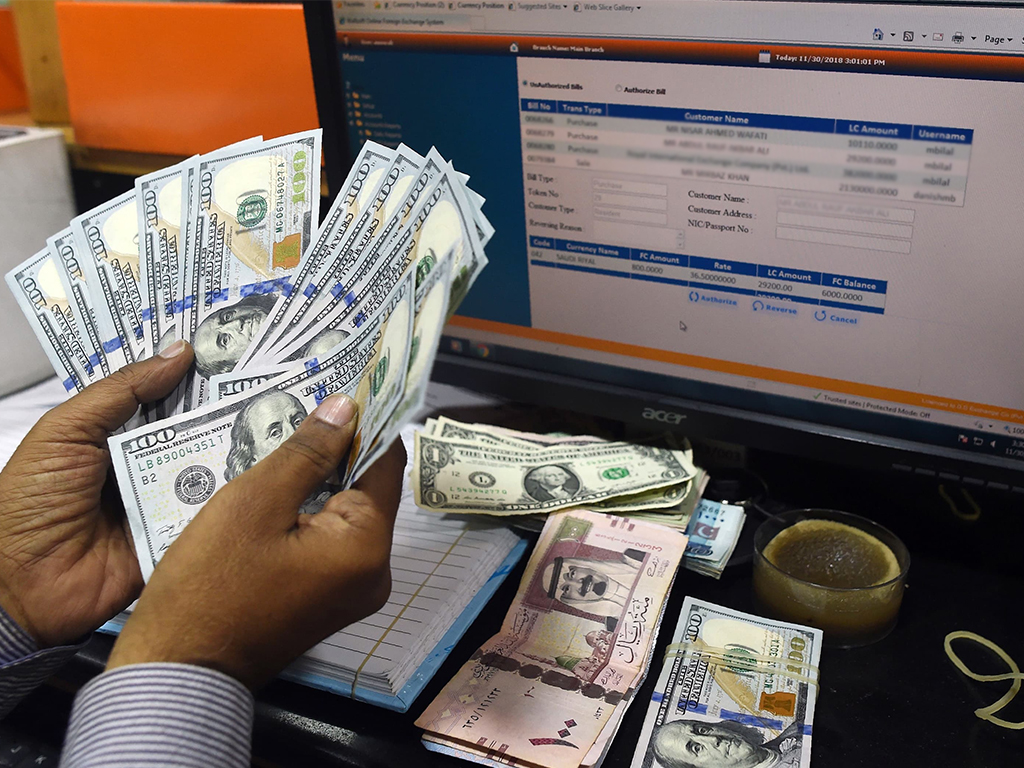Reading Feb’s remittance growth

February 2020 saw remittance grow 15 percent year-on-year, much better than 9 percent growth seen in January, and the average 5 percent growth in 1HFY20. Is that growth good or bad?
Average growth in has nearly halved in 1HFY20 across all major corridors. That’s not a great performance, but in terms of remittance as a cover for trade deficit, things look fairly decent. As percentage of 8-month trade deficit, 8-month remittance stands at 96 percent this year, as against 67 percent last year – although of course this improvement is more so because of 14 percent fall in 8-month imports than because of anything else in the equation.

Consider also that if a basket of goods worth rupees one hundred could be bought by 0.75 US dollars in 8MFY19 (based on 8MFY19 average exchange rate), then the same basket of goods, now costing Rs111.7 (adjusting for 8M inflation) can be bought with 0.71 US dollars. On paper, therefore, exchange rate depreciation should result in lower remittance. But whether that is really the case, one can’t be too sure since labour and remittances are largely an ignored subject among the academia and think tanks community. (Read BR Research’s Pakistan’s economic stepchild, July 22, 2019)

There are reports that Pakistan Remittance Initiative has been making efforts to rope in Pakistan Post and National Bank of Pakistan to increase their tie-ups with money transfer operators in the UAE and Saudi Arabia. Reports suggest that launch of debit cards to send money back home with certain incentives, and an increase in the payment limit for freelancers, is also on the cards. But so far, its impact is not quite visible on the ground.

For instance, consider the fact that in CY19 Pakistan’s labour exports to Saudi Arabia grew phenomenally – about 230 percent to more than 330,000 workers, according to data reported by Bureau of Emigration & Overseas Employment (BEOE). Despite this increase, remittance from Saudi Arabia has only grown 4 percent in the year to-date.
Is it because all these workers are sending money through informal channels? Or is it because most of Pakistan’s labour exports to Saudi Arabia last year were in the category of drivers and labourers (that also saw substantial jump in CY19), whose ticket size of remittance is too small to make an impact.

These are important questions to which no one has crystal-clear answers. Which is why it is difficult to label 8MFY20 remittance growth good or bad for now. Even more difficult is to assess the impact of corona virus and the sharp oil price slide witnessed of late. Superficial reading suggest that impact will be negative, but the degree and duration of impact is anybody’s guess at the moment.





















Comments
Comments are closed.